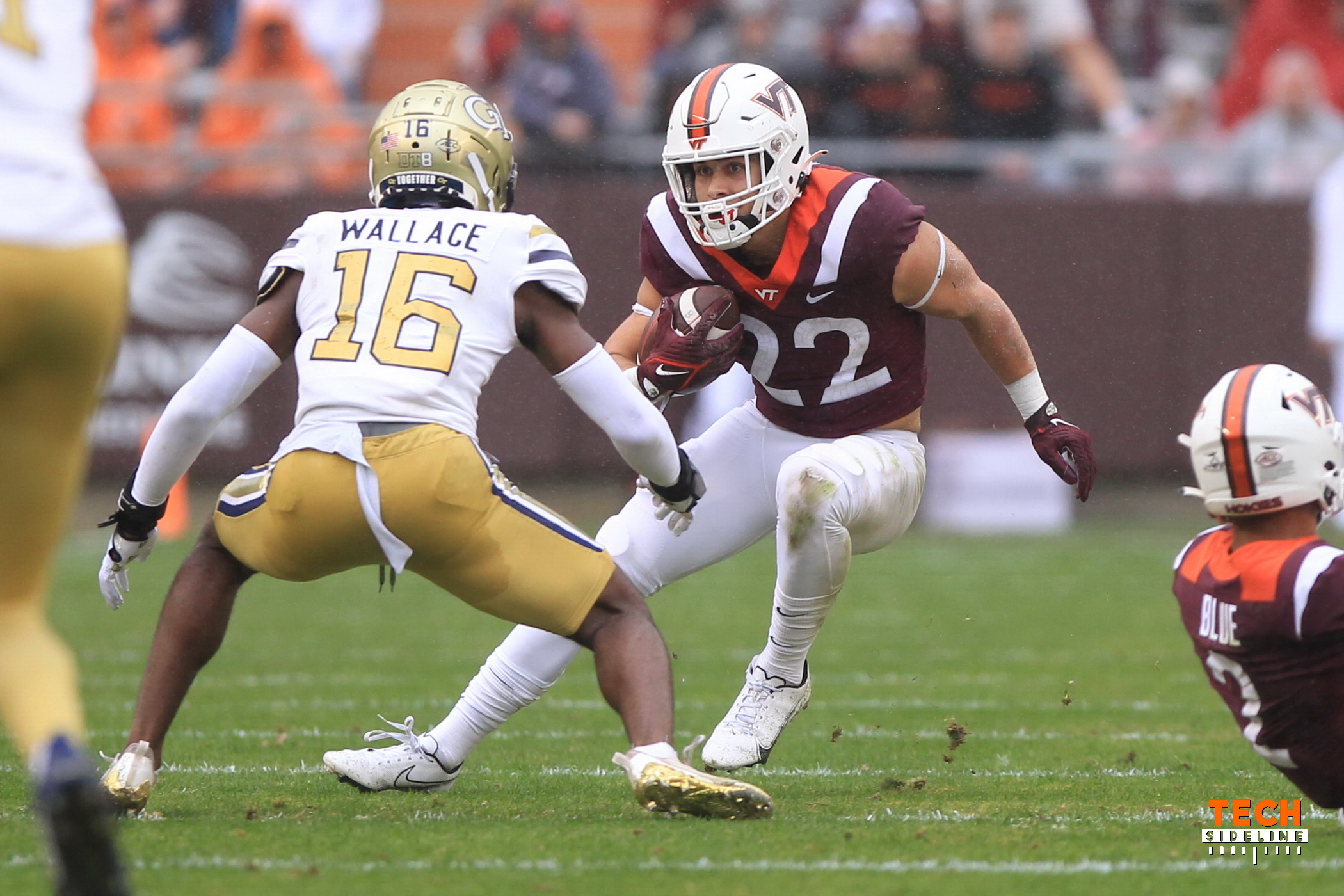
The offense floundered this season, and the narrative that was built around its troubles is roughly this: at the beginning of the year, the offense played caveman ball and tried bludgeoning opponents to death like it was 1953, and at the end they had become an unpredictable option-running attack. Coach Pry himself got the ball rolling on this during press conferences and interviews when he challenged the offense’s creativity. There’s a lot of truth to this narrative.
There is some nuance there, too, though. Interestingly to me, what I thought would be the most static element of the offense—the type, number, and ratio of running plays—wasn’t that static at all. This variety in the running game was something I’ve noticed, but didn’t get a chance to dig in to, until now.
Offensive coordinator Tyler Bowen, Running Game Coordinator/O-line coach Joe Rudolph, and Passing Game Coordinator/Quarterbacks coach Brad Glenn had very different backgrounds. The biggest unifying play for these coaches was a fondness for Split Zone:
Subscribe to read full story
Tired of low effort articles and clickbait? So are we. Subscribe to read great articles written by a full-time staff with decades of experience.
Already a subscriber? Login Here



